After the strain of working through COVID-19, schools can finally begin to see the light as mask mandates are lifted, school-aged children get vaccinated, and only those who choose to are learning remotely.
The pandemic has increased the focus on the health and safety of teachers, children and administrators. Building elements like indoor air quality, temperature, ventilation, and humidity control that have been overlooked for too many years due to decreased funding are now suddenly under scrutiny as they relate to the spread of viruses. Now, there are funds are available for some of these system upgrades and repairs that our schools need but usually, these funds are not enough. So how can K-12 schools find ways to ensure they are getting the most value for the limited funds they are allotted?
According to the 2021 State of Our Schools Report, “the report found a $46 billion annual gap in the level of funding for the maintenance, operation and periodic capital improvement needed for good stewardship of its schools. Unfortunately, five years later, we have found that this gap has increased to a staggering $85 billion every single year”. *1 This does not reflect the current rise in materials, supply chain issues or labor costs.
Since the start of the COVID-19 pandemic, funds have been earmarked through the CARES Act, CRRSA Act, and ARP ESSER programs to make some of the necessary school facility upgrades, Michigan alone has received $5.77 billion to help with this and other effects of COVID-19 on K-12 schools and child care centers.*2
The American Society of Civil Engineers (ASCE) created a report card in 2021 on our K-12 schools which gave them a D+. 53% of our school districts reported the need to update multiple building systems, including HVAC,
which directly relates to the transmission of viruses and longevity of the buildings.*3
The ASCE 2021 report lists 8 steps towards creating plans of action to remedy this. One step is to “implement building condition assessments of the existing school infrastructure”. Currently 16% of school districts have not completed one in the last 10 years. The value of doing this assessment is to have a physical inventory of systems and their condition. Efficiency levels can be reviewed to align them with the school’s priorities and operational cost saving measures.
Another step recommended by the ASCE 2021 report is to “explore alternative financing for public school facilities, including lease financing, as well as ownership and use arrangements to facilitate school construction projects”. One such alternative finance option is Michigan’s Energy Savings Performance Contracting (ESPC)*4
ESPC is a means of financing capital improvement projects such as infrastructure or technology upgrades and repairs. It creates a value based partnership of shared risk and mutual accountability with an Energy Services Company (ESCO). By partnering with an ESCO, schools can access experts in energy
and efficiencies gained from the upgrades. These energy savings offset repayment of the alternative financing.
American Society of Heating, Refrigerating and Air-Conditioning Engineers (ASHRAE) recently notified members of a new Oak Ridge National Laboratory study on COVID-19 transmission in the classroom.
The study indicates a need for change in how classroom ventilation is currently designed. This can be reviewed during the Building Condition Assessment and included as a priority, as the new design prevents dead zones in the classroom which allow aerosol particulates to linger regardless of social distancing.*5
By combining some of the ASCE recommended steps, ASHRAE ventilation recommendations, and a few alternative finance programs, schools can maximize the amount and effectiveness of facility upgrades and/or repairs they are able to implement without resorting to bonds or tapping existing resources. So how do schools get started?
Steps to Follow:
1. Perform a Facility Condition Assessment (may be part of ESPC).
2. Explore alternative funding sources, looking for programs that can be combined for maximum value.
3. Create a phased approach for implementing upgrades based on the needs uncovered in the Facility Condition Assessment coupled with school priorities and maximizing the amount of federal funds, alternative funds, and ESPC. This approach can provide the most benefit for the least out of pocket costs.
4. Create an ongoing long-term facility plan to address the needs of operations and maintenance. According to the ASCE, 40% of K-12 schools do not have a long-term plan in place. *1
Let’s make the most of the available funds, reduce our carbon footprint and breathe a little easier with better indoor air quality that reduces the risk of spreading COVID-19 and other viruses.
This article was originally featured in The Source. Written by Lisa Render CDT, CCPR | Business Development Manager, Simens Smart Building Solutions
References & Sources
1. https://education.wellcertified.com/hubfs/IWBI%20-%20State%20of%20Our%20Schools%202021.pdf
2. https://covid-relief-data.ed.gov/profile/state/MI
3. https://infrastructurereportcard.org/cat-item/schools/
4. https://www.michigan.gov/climateandenergy/0,4580,7-364-85453_85455_85520-528699–,00.html#:~:text=Energy%20Savings%20Performance%20Contracting%20in%20Michigan&text=ESPC%20can%20be%20used%20by,upfront%20for%20the%20building%20owner
5. https://www.olcf.ornl.gov/2022/02/24/covid-19-in-the-classroom-simulating-the-spread/




